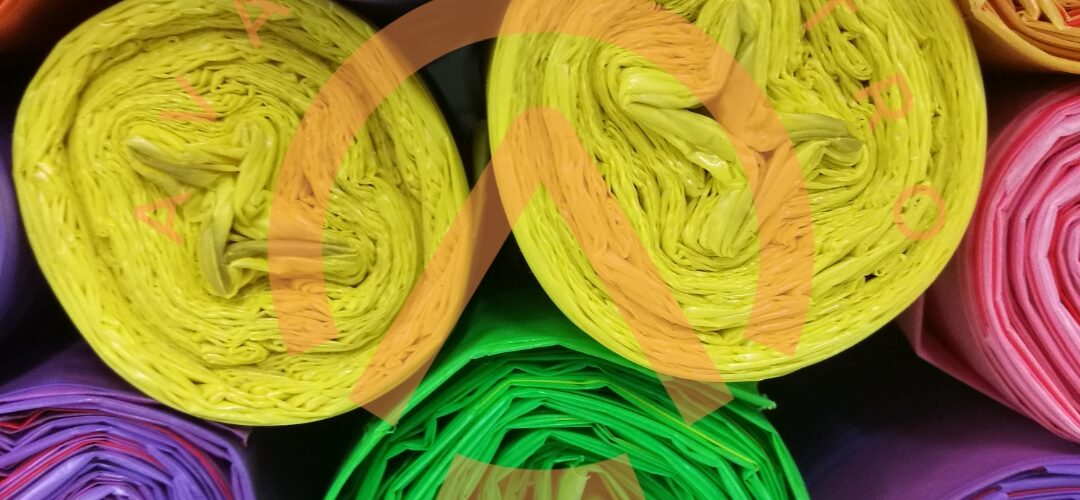HDPE 7000F: Unveiling its Potential in Various Applications
High-Density Polyethylene (HDPE) is a versatile polymer that has found its way into numerous industries due to its exceptional properties and applications. Among its many variants, HDPE 7000F stands out as a remarkable grade known for its unique characteristics, diverse applications, and significance in various markets. In this article, we will delve into the world of HDPE 7000F, exploring its licensors, applications, and market overview.
Table of Contents
1. Introduction to HDPE 7000F
2. The Role of Licensors
3. Wide Range of Applications
• Packaging Industry Advancements
• Automotive Innovations
• Agricultural Implications
• Construction Solutions
4. Market Overview
• Current Trends and Future Projections
• Global Demand and Supply
• Competitive Landscape
5. Unveiling HDPE 7000F’s Potential
6. FAQs
Introduction to HDPE 7000F
HDPE 7000F is a type of high-density polyethylene that boasts a unique combination of toughness, durability, and versatility. This polymer grade is renowned for its exceptional chemical resistance, impact strength, and moisture barrier properties. It’s widely used in both consumer and industrial applications due to its excellent performance under different environmental conditions.
The Role of Licensors
Licensors play a crucial role in the production and distribution of HDPE 7000F. These entities hold the technology and expertise required to produce this specific grade of HDPE. They grant licenses to manufacturers, allowing them to utilize their proprietary processes and formulations. This collaboration ensures the consistent quality and performance of HDPE 7000F across various products and applications.
Wide Range of Applications
Packaging Industry Advancements
HDPE 7000F has revolutionized the packaging industry. Its remarkable combination of strength and flexibility makes it an ideal choice for manufacturing containers, bottles, and caps. The polymer’s resistance to chemicals ensures the integrity of the packaged materials, making it suitable for pharmaceuticals, chemicals, and food products.
Automotive Innovations
In the automotive sector, HDPE 7000F finds its place in manufacturing fuel tanks, bumpers, and various interior components. Its lightweight nature contributes to improved fuel efficiency, while its durability enhances vehicle safety. The polymer’s ability to withstand harsh weather conditions makes it a preferred choice for exterior parts.
Agricultural Implications
Agriculture benefits from HDPE 7000F as well. It is used in the production of pipes and fittings for irrigation systems. The polymer’s resistance to chemicals and corrosion makes it a reliable option for transporting water and chemicals in agricultural settings, contributing to efficient crop cultivation.
Construction Solutions
The construction industry leverages HDPE 7000F for applications such as pipes, geomembranes, and even playground equipment. The polymer’s resilience against moisture, chemicals, and abrasion makes it a suitable material for infrastructure development and landscaping projects.
Market Overview
Current Trends and Future Projections
The demand for HDPE 7000F is on the rise, driven by its expanding applications across various industries. The trend towards sustainable and recyclable materials further propels the adoption of HDPE 7000F due to its recyclability and eco-friendly nature.
Global Demand and Supply
The global market for HDPE 7000F is witnessing substantial growth, with regions like Asia-Pacific, North America, and Europe leading the demand. Manufacturers are continuously expanding their production capacities to meet the increasing market needs.
Competitive Landscape
The market for HDPE 7000F is competitive, with various manufacturers and suppliers vying for a significant share. Differentiation through product quality, technological advancements, and sustainable practices will be the key determinants of success in this industry.
Unveiling HDPE 7000F’s Potential
In conclusion, HDPE 7000F stands as a remarkable grade of high-density polyethylene with unparalleled potential. Its unique blend of properties opens doors to innovation in packaging, automotive, agricultural, and construction sectors. As industries continue to seek durable, versatile, and eco-friendly materials, the significance of HDPE 7000F is expected to grow, shaping the future of various markets.
FAQs
1. What sets HDPE 7000F apart from other polymer grades? HDPE 7000F distinguishes itself through its exceptional chemical resistance, impact strength, and versatility, making it suitable for diverse applications.
2. How does HDPE 7000F contribute to sustainability? HDPE 7000F is recyclable and eco-friendly, aligning with the global shift towards sustainable materials.
3. Which industries benefit the most from HDPE 7000F? HDPE 7000F finds applications in packaging, automotive, agricultural, and construction industries due to its unique properties.
4. What regions exhibit high demand for HDPE 7000F? The Asia-Pacific, North America, and Europe are prominent regions driving the demand for HDPE 7000F.
5. How does HDPE 7000F impact the automotive sector? HDPE 7000F contributes to improved fuel efficiency, safety, and durability in the automotive industry through its use in various components.










